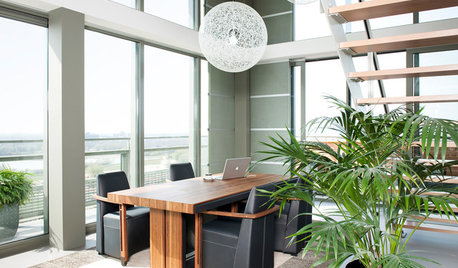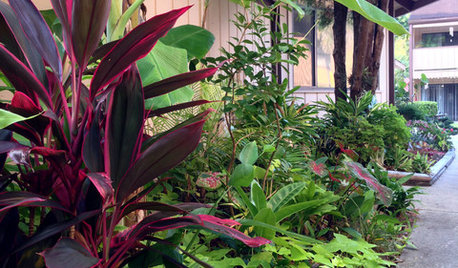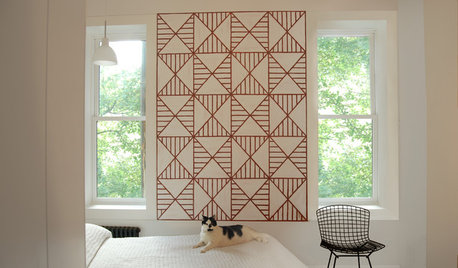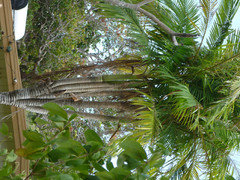Neatnhe Bella or Parlor Palm - one stray stem growing...
Begonia2005
11 years ago
Featured Answer
Comments (12)
greenlarry
11 years agoRelated Professionals
Fort Lee Landscape Architects & Landscape Designers · Clermont Landscape Contractors · Wakefield Landscape Contractors · Clearlake Landscape Contractors · Fishers Landscape Contractors · Hoover Landscape Contractors · Leicester Landscape Contractors · Long Beach Landscape Contractors · Mission Landscape Contractors · Northbridge Landscape Contractors · Paramount Landscape Contractors · Pleasant Hill Landscape Contractors · Richmond Landscape Contractors · Riverhead Landscape Contractors · Washington Interior Designers & DecoratorsBegonia2005
11 years agotropicbreezent
11 years agogreenlarry
11 years agoBegonia2005
11 years agogreenlarry
11 years agotropicbreezent
11 years agogreenlarry
11 years agotropicbreezent
11 years agogreenlarry
11 years agotropicbreezent
11 years ago
Related Stories

HOUSEPLANTSMeet a Palm That's Fine With Fluorescent Light
Get the look of the tropics without the full-on sun and high humidity — parlor palm tolerates regular indoor conditions with aplomb
Full Story
HOUSEPLANTS10 Top Plants to Grow Indoors
Brighten a room and clean the air with a houseplant that cascades artfully, stretches toward the ceiling or looks great on a wall
Full Story
GARDENING GUIDESA Mom, a Garden and a Gift for the Neighbors
Gardening can be therapeutic in unexpected ways. See how one gardener found peace and purpose in a patch of Florida soil
Full Story
PETSHouzz Call: Send in the Design Cats
Post your best photo of your cat at home, in the garden or with you in your studio. It could be published in a featured ideabook
Full StoryMore Discussions











tropicbreezent